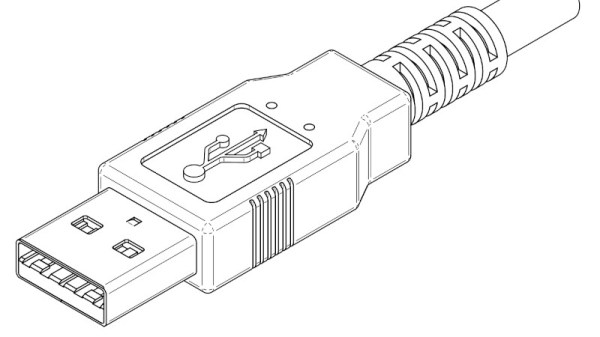If you think your job sucks, be grateful you’re not this homebrew sewer inspection robot.
Before anyone gets upset, yes we know what [Stargate System] built here isn’t a robot at all; it’s more of a remotely operated vehicle. That doesn’t take away from the fact that this is a very cool build, especially since it has to work in one of the least hospitable and most unpleasant environments possible. The backstory of this project is that the sewer on a 50-year-old house kept backing up, and efforts to clear it only temporarily solved the problem. The cast iron lateral line was reconfigured at some point in its history to include a 120-degree bend, which left a blind spot for the camera used by a sewer inspection service. What’s worse, the bend was close to a joint where a line that once allowed gutters and foundation drains access to the sewer.
To better visualize the problem, [Stargate] turned to his experience building bots to whip up something for the job. The bot had to be able to fit into the pipe and short enough to make the turn, plus it needed to be — erm, waterproof. It also needed to carry a camera and a light, and to be powered and controlled from the other end of the line. Most of the body of the bot, including the hull and the driving gear, was 3D printed from ABS, which allowed the seams to be sealed with acetone later. The drive tracks were only added after the original wheels didn’t perform well in testing. Controlling the gear motors and camera was up to a Raspberry Pi Zero, chosen mostly due to space constraints. An Ethernet shield provided connectivity to the surface over a Cat5 cable, and a homebrew PoE system provided power.
As interesting as the construction details were, the real treat is the down-hole footage. It’s not too graphic, but the blockage is pretty gnarly. We also greatly appreciated the field-expedient chain flail [Stargate] whipped up to bust up the big chunks of yuck and get the pipe back in shape. He did a little bit of robo-spelunking, too, as you do.
And no, this isn’t the only sewer bot we’ve ever featured.
Continue reading “DIY Pipe Inspector Goes Where No Bot Has Gone Before”



















